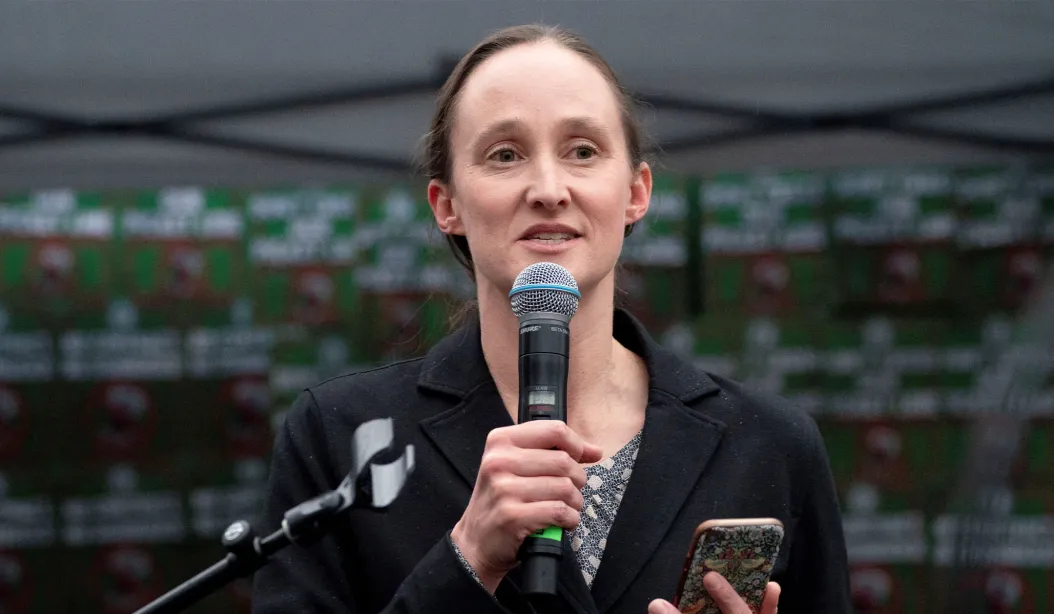When stopping the spread of the COVID virus mattered most, Washington state officials failed badly
Key Findings
1. State mortality data show that the governor’s restrictions may have increased the number of deaths by 50% during the COVID pandemic.
2. While some lock-down requirements may have helped, they were not as meaningful as has been claimed, and states that imposed fewer restrictions had lower per-capita death rates.
3. The strict lock-down restrictions imposed a health cost of their own, with state data showing that for every two deaths from COVID, there was an additional excess death not caused by COVID.
4. Since the start of the pandemic, the Inslee Administration consistently failed to meet its own goals to contain the spread of the coronavirus.
5. Despite announcing that “more testing” was key to limiting COVID, state testing rates actually declined three months into the pandemic.
6. As COVID cases spiked in November 2020, the state contact tracing program collapsed, achieving less than 10 percent of its own goal.
7. With each new failure, state officials were consistently in denial, claiming they were doing “better than expected,” saying the poor numbers were “actually quite encouraging,” or claiming their own numbers were wrong.
8. The consistent pattern of failure and denial by state officials is a clear lesson that in future crises, more responsibility and faith should be put in the hands of the people, since the public directly pays the price for the repeated failures of state politicians.
Introduction
After 15 months of using emergency orders to impose COVID-related restrictions, Washington state Governor Inslee reduced some – but not all – of the controls intended to stop the spread of the illness. The governor claimed success, naturally, highlighting the one statistic he feels vindicates his dictates: the COVID per capita death rate. Washington has one of the lowest per capita COVID mortality rates in the country.
However, examining the overall data shows the state’s role in keeping the COVID-related death rate low was very small. Indeed, most of the state’s actions to fight COVID were incompetently administered, as measured by the state’s own metrics. And the harsh restrictions imposed by the state likely increased the overall death toll.
Low COVID mortality rates in Washington state are primarily a result of positive actions by individuals. The governor himself acknowledged this when rates increased in certain parts of the state. When that happened he admonished citizens for being unsafe, blaming them, not his own policies, for the negative health trend. At times and in places where rates were low or falling, on the other hand, he has taken the credit for the positive results.
The governor’s claim that he should get credit for the low death rate is reminiscent of a comment by former Chicago Bulls basketball center Stacey King on a night when teammate Michael Jordan scored a playoff record sixty-nine points in one game. King told reporters, “I will always remember this as the night that Michael Jordan and I combined to score seventy points.” Despite the poor performance of state agencies and the restrictions, the governor attempted to claim the public’s success as his own.
In this Policy Brief, I will look at the data from the first 15 months of the governor’s emergency rule to measure the impact of the illness, the lock-down restrictions, and the actual results of government policy. In the first section, I examine the governor’s claims of success. In the second section I examine that state’s failures, based on its own announced goals, in the areas of testing, contact tracing and vaccine distribution.
Read the full Policy Brief here.




